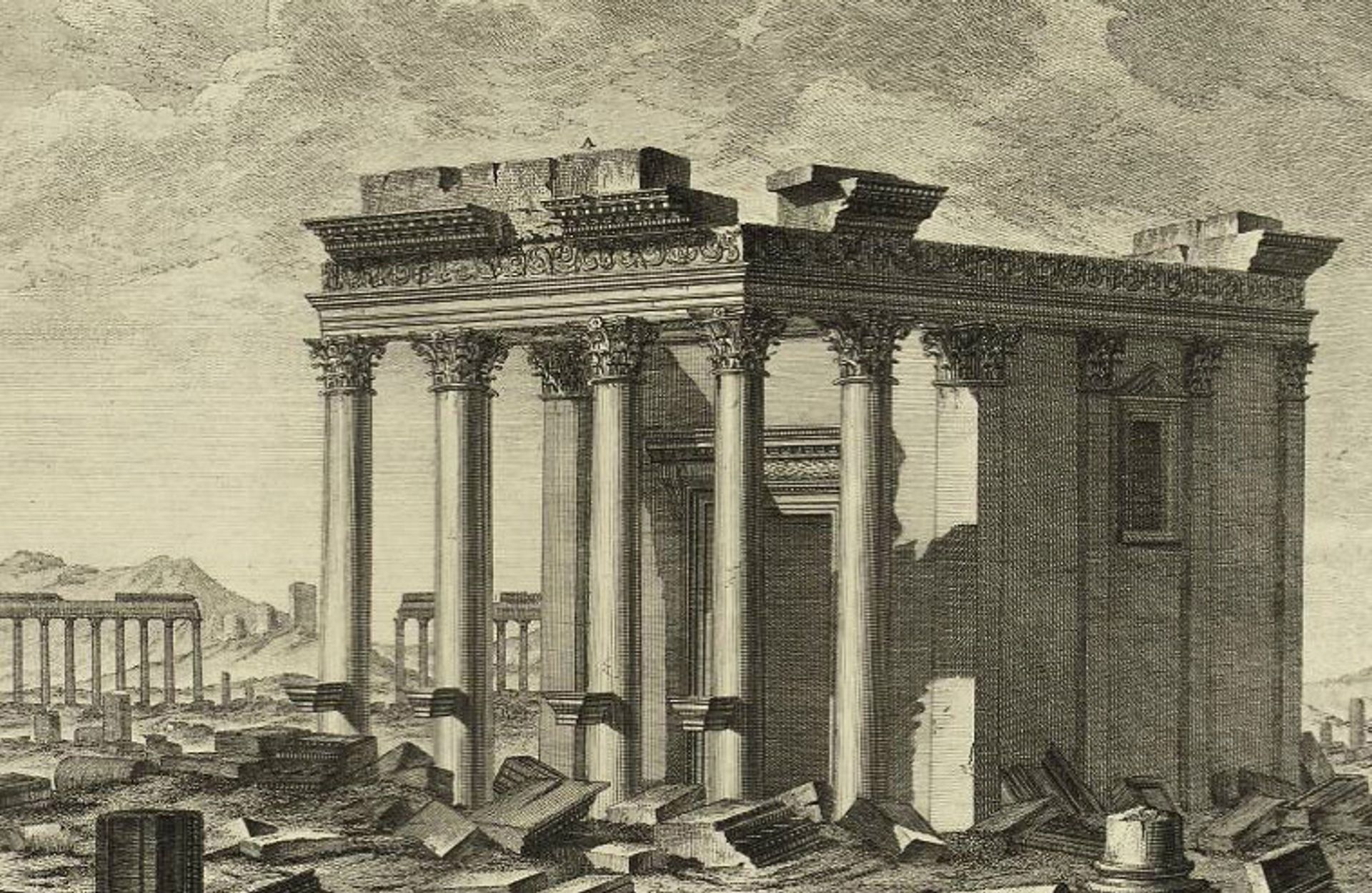Reports that Isil militants had destroyed a second ancient temple at Palmyra over the weekend have been confirmed by satellite images taken by the United Nations (UN). An image posted on the Twitter account of Unosat, the UN’s satellite operational satellite applications programme, shows the extent of damage to the 2,000-year-old Temple of Bel.
The manager of Unosat, Einar Bjorgo, told the BBC: “Unfortunately, the images we acquired do show that the main building of the temple has been destroyed.” He also said that a nearby colonnade had fallen.
On Sunday, various media reported the attack at Palmyra, but with Isil in firm control of the city, the extent of damage could not be verified, even by the head of Syria’s antiquities department, Maamoun Abdulkarim, who told the Guardian newspaper on Monday that his sources suggested that the temple was still standing.
The Temple of Bel, dedicated to the Semitic god Bel, was built in AD32. It was converted into a Christian church sometime during the Byzantine era. In a statement on the Syrian antiquities ministry’s website, the building is described as “a unique architectural icon, being one of the largest and most well-known temples in the ancient Near-Eastern history”.
The bombing of the Temple of Bel comes less than a week after Isil blew up the nearby Temple of Baal Shamin—a remarkably well-preserved building with an exquisite coffered ceiling.

The Palmyrene style became all the rage in England in the 18th century thanks to the antiquarians Robert Wood and James Dawkins who travelled to Palmyra and published detailed drawing of its buildings in the book Ruins of Palmyra (1753). Tim Knox, the architectural historian and director of Cambridge’s Fitzwilliam Museum, says the book was one of the most beautiful architectural tomes published in the 18th century and “unleashed a great mania for the Palmyrene style”.

